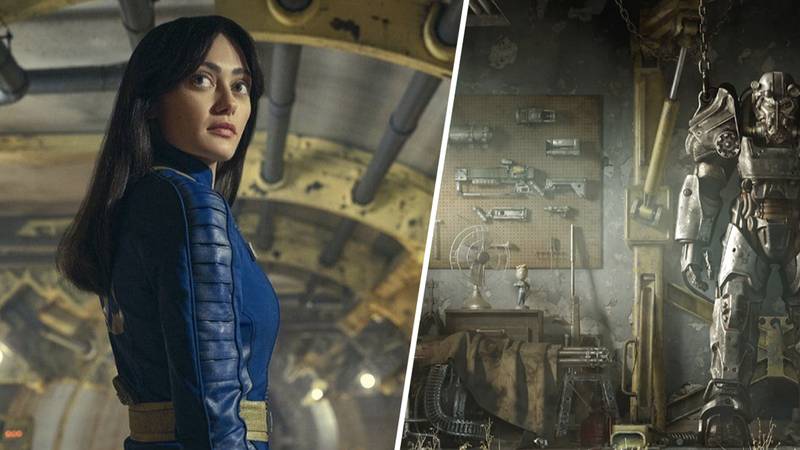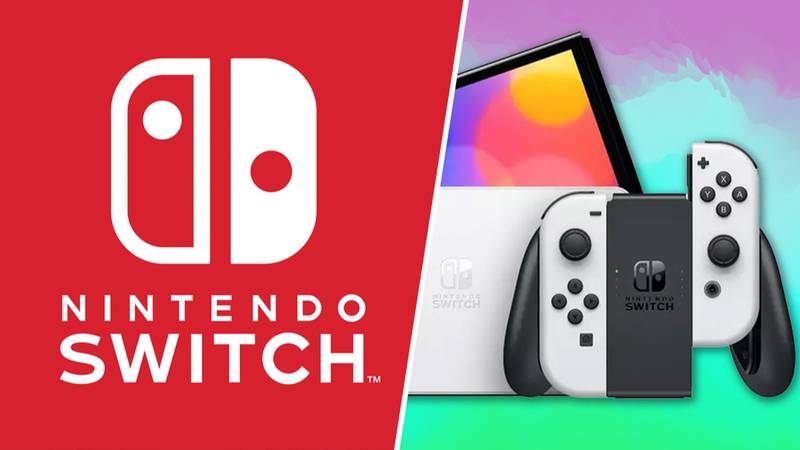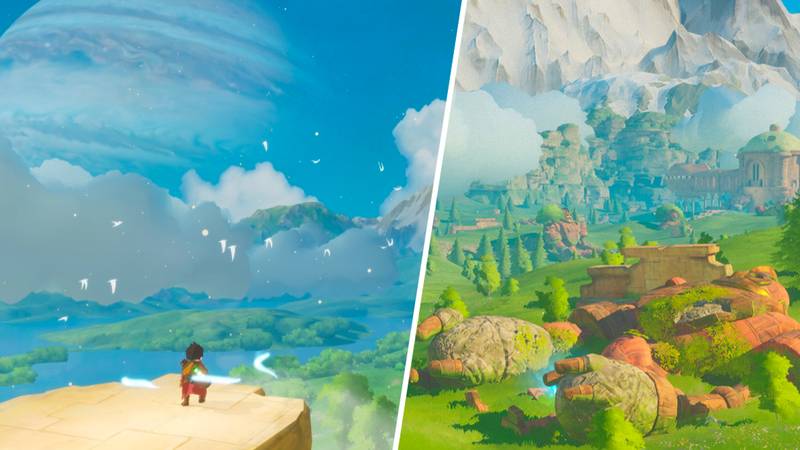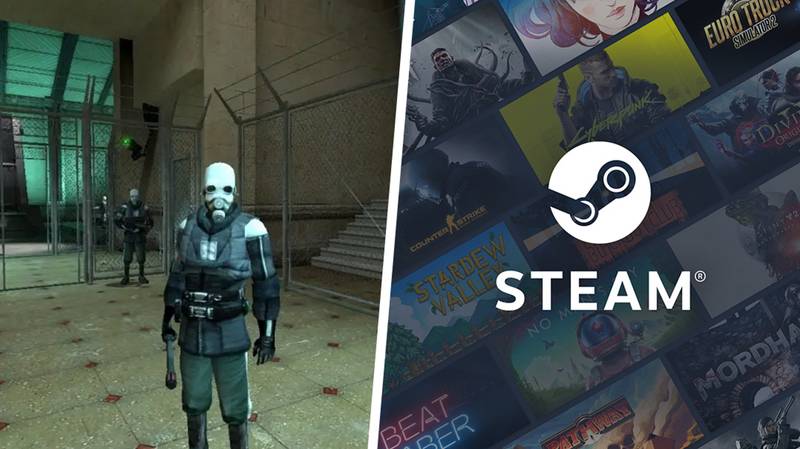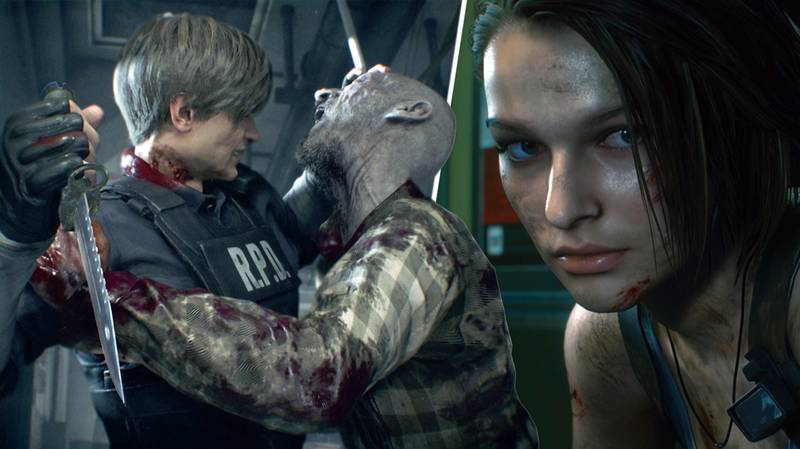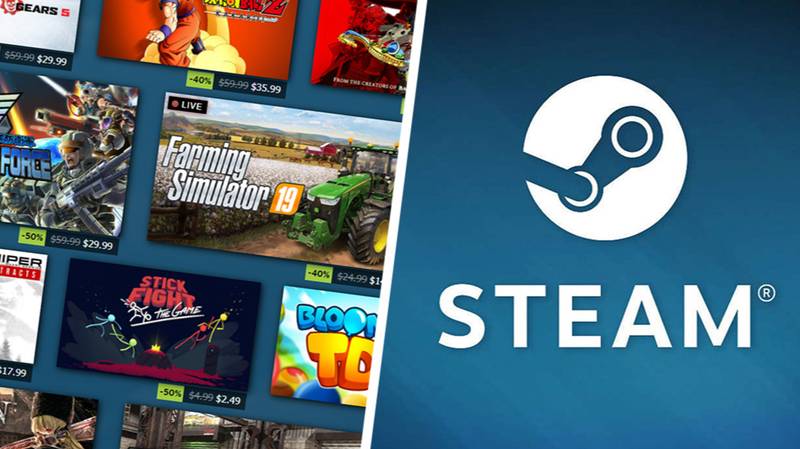Flashback: That Time Alan Sugar Took On SEGA, And Lost Spectacularly
Published
| Last updated
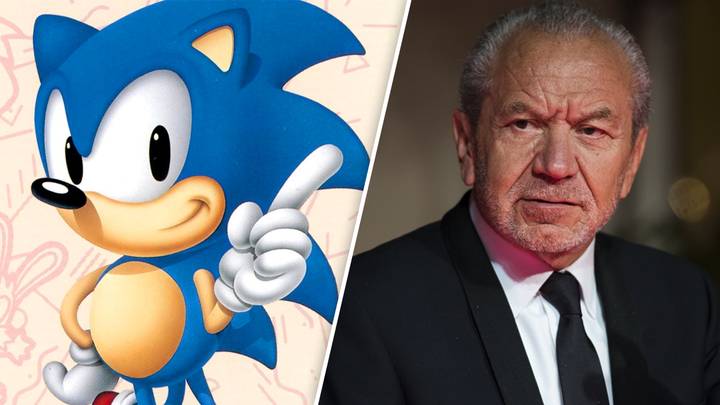
Featured Image Credit: SEGA, PA
These days, a lot of folk know Alan Sugar more as the boss guy of The Apprentice TV show, than the businessman behind the Amstrad computer brand. But Amstrad was his company, through and through. He founded it in 1968 aged just 21, and remained involved until 2008, a year after it'd been sold to Sky, who ultimately closed it down.
Amstrad manufactured several home computers under the banner of the CPC (Colour Personal Computer) range, starting with 1984's CPC 464, which sold in excess of two million units. That might not sound like much by modern standards, but it was a whole lot for computers in the 1980s - and across its entire range, the CPCs sold around three million units. Not bad, not bad.
But the arrival - or should I say, revival - of console gaming in the 1980s, with the Nintendo Entertainment System and the SEGA Master System leading the way, had Sugar and Amstrad rattled. Amstrad needed a console, to compete with these Japanese superpowers of the video gaming world. And so, a console was indeed developed, alongside Amstrad's CPC-succeeding PLUS range of computers. Gamers wouldn't know what hit 'em.
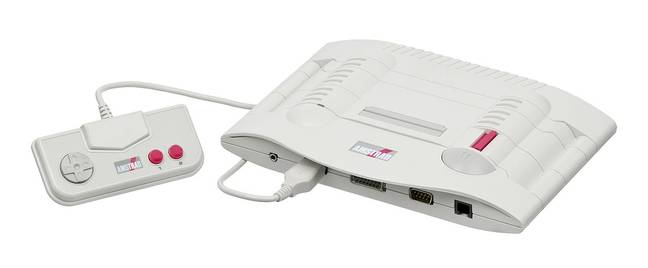
And that's mainly because most gamers of the early 1990s, spending their money on Nintendo and SEGA releases, never even noticed Amstrad's one and only console. It didn't get anywhere near them to try to hit them. Sugar was very used to seeing things work out in his favour with Amstrad, but this venture would prove to be a costly misstep.
Amstrad's 8-bit GX4000 system launched in September 1990 - the same month that the more powerful SEGA Mega Drive arrived in Europe, too. It used cartridge games (better to protect against piracy), which sold for around £25 - cheap, compared to a lot of the Mega Drive's library. But the GX4000's games could often also be picked up for home computers, on disc cassette, for considerably less. Uh, and indeed, oh.
Speaking to Retro Gamer magazine (specifically, its Videogames Hardware Handbook of 2015), Ocean Software's Gary Bracey recalled how Sugar was certain that Amstrad could take on SEGA and Nintendo - and beat them. "He was confident that the products we had were world-beaters," Bracey says, adding that Sugar had a "bullish attitude" and that he's become more "mellow" in recent, Apprentice-fronting years. But it was clear from the start that the GX4000 wasn't in the same league as SEGA's new console, or Nintendo's SNES, which was about to launch in Japan.
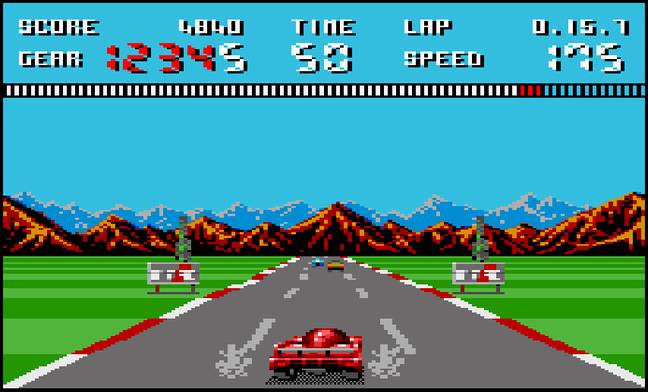
David Darling, the former owner of Codemasters, is quoted in the same Retro Gamer article: "We considered producing games for the GX4000, but at that time we could see where the market was, and it was lying with Nintendo and SEGA." He wasn't wrong. Despite Sugar's positivity pre-launch, the GX4000 just never got up to speed, looking outdated before it'd even hit stores.
A £20 million marketing campaign for the GX4000 made little difference to its limited fortunes, and even the Amstrad-centric magazine of the era, Amstrad Action, didn't maintain its enthusiasm for the platform for its lifetime. And not long after its September 1990 launch, the GX4000 was being reduced from its RRP of £100 to £80, and later as low as £30 - but even with such a dramatic price cut, it only sold a total of around 15,000 units. In comparison, the Mega Drive sold over 30 million, the SNES nearly 50 million, and the NES over 60 million.
It's natural to look at Alan Sugar and see a wildly successful businessman. He's worth over a billion pounds, so he's not done badly for himself. But in the GX4000, he made one of his most notable mistakes. He thought Amstrad could stand up to the console heavyweights - and Amstrad took a battering.
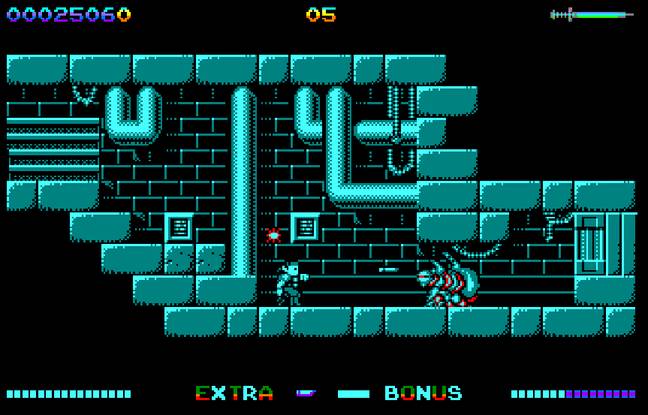
I've actually got a GX4000 up in the loft - it no longer works (due to a common fault with the console's power supply), but if it did you'd find it's not a completely awful piece of kit. The games that did come out for the console - fewer than 30 in total - included a handful of thoroughly decent experiences, not least of all the box-in racing game Burnin' Rubber. Ocean's Batman: The Movie and Switchblade by Gremlin were decent, too (but both could be bought for less on other platforms). The games looked good by 8-bit standards, especially in comparison to the CPC releases, and the console's controller was a nifty little thing akin to a Master System pad, that sits just fine in the palms.
Indeed, you get the feeling that if Alan Sugar and Amstrad had taken the leap into console gaming just a year or two earlier, things might have been different. If the GX4000 could have taken up arms during the 8-bit race, it'd have represented a worthy rival to the twin forces of the NES and Master System. But with SEGA's Mega Drive as a direct competitor, and Sonic on the horizon, they never stood a chance.
That said, the Amstrads-that-play-console-games story doesn't actually end there, with the GX4000's demise. In 1993, Amstrad released the Mega PC, manufactured under license from SEGA, which was a PC (clue is in the name, huh) that could also play Mega Drive cartridges. It even came with a PC-off-white, three-button Mega Drive pad. But with a launch price of £999 (later discounted to £599), and an underwhelming CPU, it too failed to make much of an impact - on either the PC or console markets - and again stands as one of Alan Sugar and Amstrad's less-than-successful ventures.
Thanks to Twitter user @Xyphoe, who set up gx4000.co.uk and provided us with some updated information on the console after its publication, which is now reflected in the copy.
Topics: Sega, Nintendo, Retro Gaming






